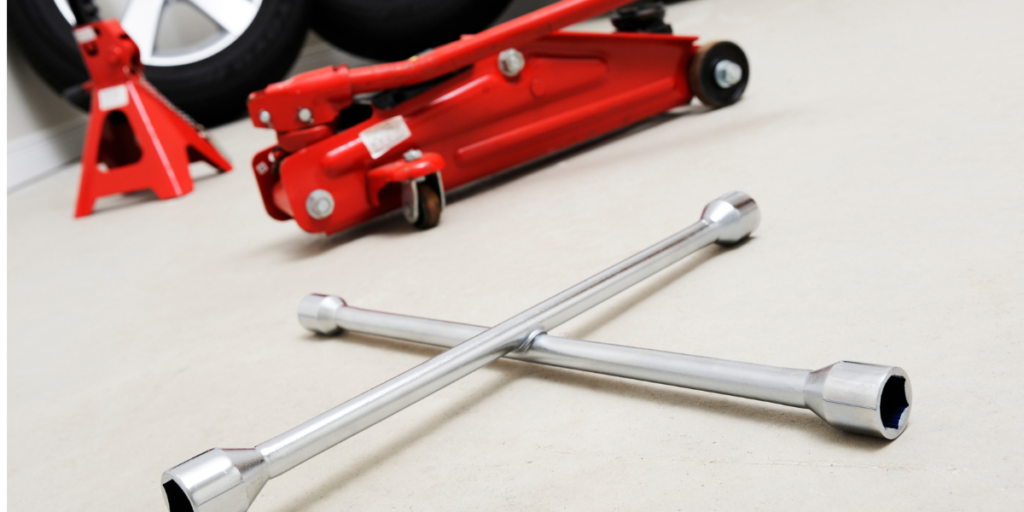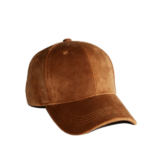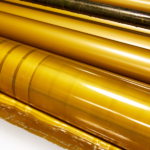When it comes to heavy machinery, every component plays a critical role in maximizing efficiency and performance. Among these unsung heroes are mounting lugs—often overlooked yet vital elements that significantly enhance the stability of bucket cutting edges. Whether you’re an experienced operator or a newcomer to the world of excavation and material handling, understanding how mounting lugs contribute to cutting edge stability can transform your approach to equipment maintenance and operation. In this blog post, we’ll dive into the intricate relationship between mounting lugs and bucket performance, uncovering how these small but mighty features keep your tasks smooth, safe, and effective. Get ready to equip yourself with knowledge that could elevate your worksite prowess!
Introduction: Briefly explain the importance of mounting lugs in bucket cutting edges and how they enhance stability
Mounting lugs might not be the first thing that comes to mind when you think of heavy equipment, but they play a crucial role in ensuring your bucket cutting edges perform at their best. Imagine navigating rugged terrain or tackling tough materials without the stability these small components provide. It would be like trying to steer a ship without an anchor. Mounting lugs enhance the integrity and durability of your equipment, allowing for smoother operations and safer working conditions. Let’s dive deeper into how these essential elements contribute to the overall performance of bucket cutting edges and why they deserve more attention than they often receive.
What are Mounting Lugs: Define and describe what mounting lugs are and their purpose in heavy equipment
Mounting lugs are crucial components in heavy equipment, specifically designed to secure cutting edges and other attachments. They serve as the connecting point between the bucket and its edge, ensuring a robust interface that can withstand rigorous operations.
Typically crafted from durable materials like steel, mounting lugs contribute significantly to the overall performance of machinery. Their primary purpose is to enhance stability while distributing forces evenly during excavation or material handling tasks.
By providing a reliable anchor for various attachments, mounting lugs help prevent wear and tear on essential parts. This not only extends the lifespan of both the equipment and its components but also ensures efficient operation under demanding conditions.
Types of Mounting Lugs: Discuss the different types of mounting lugs used in bucket cutting edges and their variations
Mounting lugs come in various types, each designed to meet specific needs for bucket cutting edges. The most common type is the standard lug, which provides a reliable connection between the bucket and its edge. These are typically made from high-strength steel for added durability.
Another variation is the tapered lug. This design allows for better fitment on tapered buckets, ensuring consistent pressure distribution across the cutting edge. It helps reduce wear and enhances overall stability during operation.
Some mounting lugs are designed with multiple holes or slots, providing flexibility in installation options. This feature enables operators to adjust positioning based on application requirements.
Lastly, there are specialized mounting lugs tailored for unique equipment types or extreme working conditions. These can include reinforced designs that withstand heavy-duty use while minimizing stress on both the equipment and operator’s safety.
Benefits of Using Mounting Lugs: Explain the advantages of using mounting lugs in terms of safety, stability, and durability
Mounting lugs play a crucial role in enhancing the functionality of bucket cutting edges. By providing secure attachment points, they significantly improve safety during heavy-duty operations. A well-mounted edge reduces the risk of detachment, ensuring that operators can work with confidence.
Stability is another major advantage. Mounting lugs keep cutting edges firmly in place, allowing for better control and precision when tackling tough materials. This stability minimizes vibrations and movement, which could lead to uneven wear or damage over time.
Durability also benefits from mounting lugs. High-quality materials used in their construction withstand harsh conditions and heavy loads. This resilience extends the lifespan of both the cutting edge and the overall equipment, leading to reduced maintenance costs over time.
Investing in effective mounting lugs translates into smoother operations and enhanced productivity across various applications.
How to Choose the Right Mounting Lugs: Provide tips on selecting the appropriate mounting lugs for specific equipment and applications
Choosing the right mounting lugs is essential for maximizing performance. Start by assessing your equipment’s specifications. Different machines have unique requirements, so it’s crucial to consult the manufacturer’s guidelines.
Consider the type of material used in both the lugs and bucket cutting edge. Steel options may provide greater strength and durability compared to others.
Think about the application as well. If you operate in rocky or abrasive conditions, opt for heavy-duty lugs designed to withstand wear and tear.
Don’t overlook compatibility with existing hardware too. Ensuring a proper fit minimizes installation headaches down the line.
Lastly, evaluate load capacities carefully; selecting mounting lugs that can handle expected stresses will enhance safety and efficiency on-site.
Proper Installation Techniques: Discuss the proper methods for installing mounting lugs to ensure optimum stability and longevity
Proper installation of mounting lugs is critical for achieving maximum stability. Begin by aligning the lugs with the designated holes on the bucket cutting edge. Precision here is key.
Use high-quality bolts and nuts specifically designed for heavy equipment. This ensures a secure fit that can withstand challenging conditions.
Before tightening, check that all components are free from debris or rust. A clean surface promotes better adhesion and prevents future complications.
Tighten each bolt to the manufacturer’s specified torque settings. Avoid over-tightening, as this can lead to strip threads or breakage.
After installation, perform a thorough inspection to confirm everything is securely in place. Regular checks will help catch any issues early on, prolonging both your mounting lugs and cutting edge’s lifespan.
Maintenance and Care Tips
To keep mounting lugs in optimal condition, regular maintenance is essential. Start with routine inspections to check for signs of wear or damage. Look for cracks, deformation, or rust on the lugs and surrounding areas. If you notice any issues, address them promptly to prevent larger problems down the line.
Cleaning your mounting lugs can also enhance their lifespan. Use a wire brush or pressure washer to remove dirt and debris that accumulates over time. This not only helps maintain structural integrity but also allows you to spot potential issues more easily.
Lubrication plays a key role too. Applying a suitable lubricant reduces friction during operation and minimizes wear on both the mounting lugs and cutting edges. Make it part of your regular equipment servicing schedule.
Lastly, ensure proper storage when the equipment is not in use. Protecting your machinery from harsh weather conditions can significantly extend its life span and performance capabilities.
By following these maintenance tips, you’ll maximize stability and durability while ensuring safe operations across various applications involving mounting lugs.






